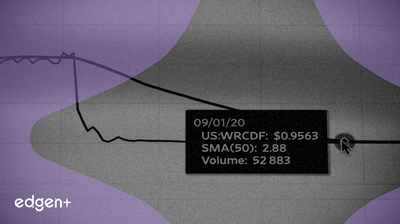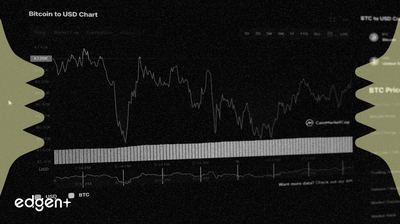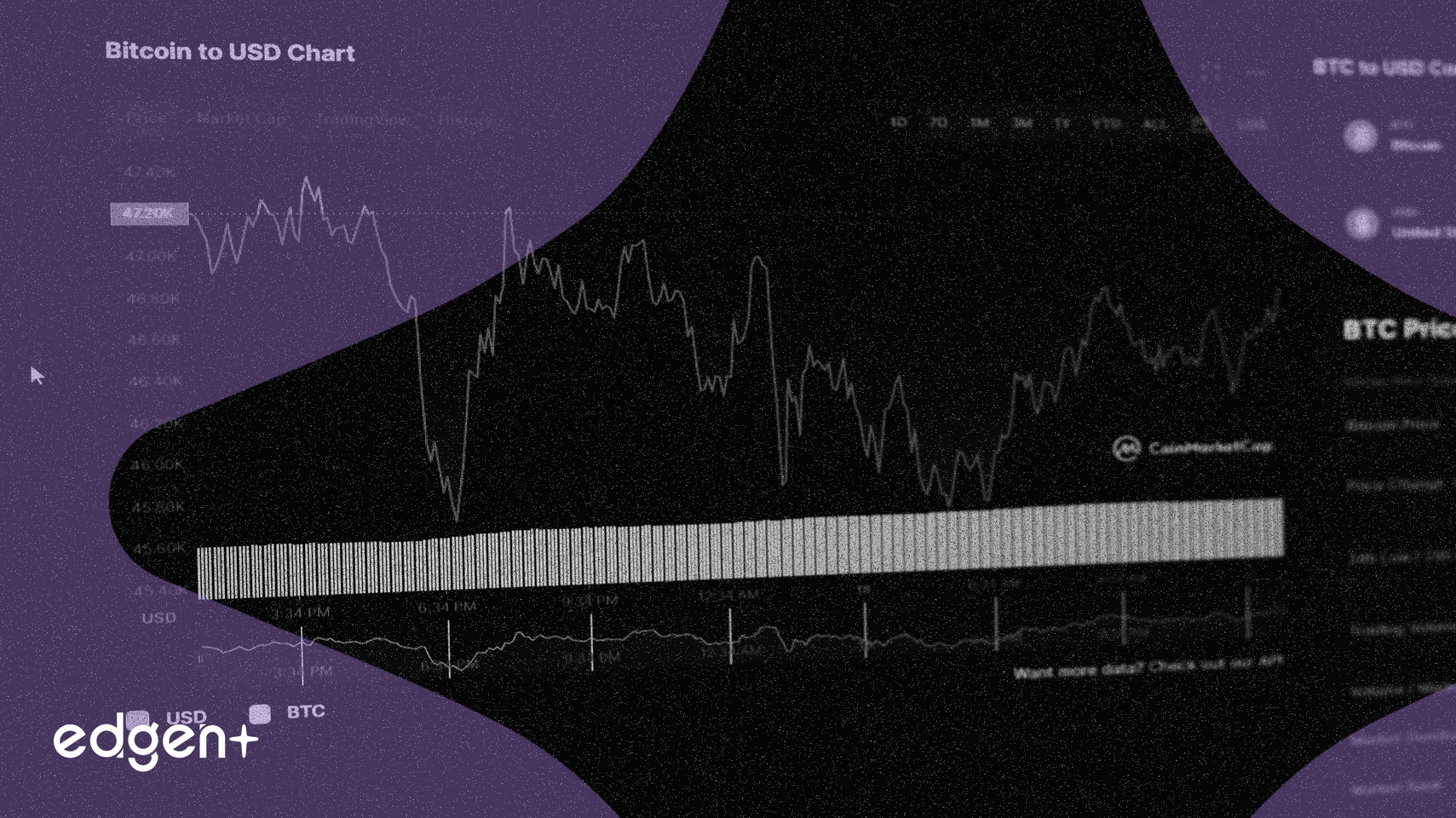Related News

Owens Corning (OC) Shares Decline Following Q3 Earnings Miss and Impairment Charge
## Owens Corning (OC) Reports Q3 2025 Results Below Expectations, Citing Impairment Charge and Weakening Residential Markets U.S. building products manufacturer **Owens Corning Inc. (OC)** experienced a significant premarket share price decline on Wednesday following the release of its third-quarter 2025 financial results, which fell short of analysts' consensus estimates for both profit and sales. The company reported a substantial net loss, driven by a non-cash goodwill impairment charge, alongside softening demand in key residential construction sectors. ## The Event in Detail For the third quarter of 2025, **Owens Corning (OC)** reported adjusted earnings per share of **$3.67**, which was below analysts' forecasts of **$3.72**. Revenue for the quarter decreased by **3%** year-over-year, reaching **$2.68 billion**, slightly missing the consensus estimate of **$2.7 billion**. The company's net income swung to a loss of **$495 million**, or **$(5.93)** per share, a notable shift from a net income of **$287 million**, or **$3.26** per share, in the same period last year. This significant loss was primarily attributable to a **$780 million non-cash impairment charge** associated with its Doors business. Adjusted EBITDA (earnings before interest, taxes, depreciation, and amortization) totaled **$638 million**, representing a margin of **24%**. This compares to **$705 million** and a **26%** margin in the prior-year quarter. The decline in EBITDA reflects lower volumes in both repair-and-remodel and new construction product lines, stemming from weaker residential demand. Following the announcement, **Owens Corning's (OC)** stock experienced an **8.6%** decline in premarket trading. ## Analysis of Market Reaction The negative market reaction to **Owens Corning's (OC)** Q3 results can be attributed primarily to the unexpected **$780 million non-cash goodwill impairment charge** related to its Doors business, coupled with a broader narrative of weakening residential market conditions. This impairment charge significantly impacted the company's net income, transforming a forecasted profit into a substantial loss. **Chief Executive Officer Brian Chambers** acknowledged the "challenging market conditions" but highlighted the company's ability to "perform at a high level," citing efficiency gains and cost controls. However, the market's focus appears to be on the deteriorating demand environment. A uniquely quiet storm season, with no named storms making landfall in the U.S. during Q3 2025 for the first time in a decade, further reduced demand for the company's roofing products. This situation is compounded by slower housing starts impacting the residential Insulation business and reduced discretionary spending affecting the Doors business. These factors, alongside ongoing inflationary pressures — with the Consumer Price Index (CPI) hitting an annual increase of **3.0%** in January 2025 and core inflation at **3.3%** — suggest a challenging operating environment for companies in the building materials sector. Federal Reserve Chair Jerome Powell's remarks in February 2025 indicated that while progress has been made on inflation, "we're not quite there yet," signaling continued economic headwinds. ## Broader Context & Implications Despite the near-term challenges, **Owens Corning (OC)** has emphasized its strategic resilience and long-term vision. The company reported generating **$918 million** in operating cash flow and **$752 million** in free cash flow during the quarter. Furthermore, **Owens Corning (OC)** returned **$278 million** to shareholders through dividends and share repurchases in Q3, contributing to over **$700 million** returned year-to-date in 2025. This commitment to shareholder value, alongside structural improvements that have increased margins by over **500 basis points** in both roofing and insulation businesses compared to similar market conditions over the past decade, demonstrates a proactive management approach. The company is also investing in future growth, with plans for a new plant in Alabama for laminate shingles and a new fiberglass line in Kansas City, designed to enhance production capabilities and market reach for both residential and non-residential customers. This strategic investment is consistent with its long-term targets, including mid-**20%** annual adjusted EBITDA margins and cumulative free cash flow of **$5 billion** by 2028. However, the broader market for building materials continues to face headwinds. Companies like **Interfor**, a lumber producer, have also announced production curtailments due to "persistently weak market conditions and ongoing economic uncertainty," underscoring a sector-wide challenge. The economic factors impacting **Owens Corning's (OC)** business, such as residential repair activity, remodeling activity, U.S. housing starts, and commercial construction, are largely under pressure. ## Looking Ahead **Owens Corning (OC)** anticipates that soft residential markets and reduced storm-related roofing demand will continue to weigh on its fourth-quarter 2025 results. The company expects Q4 revenue to decline to between **$2.1 billion** and **$2.2 billion**, with adjusted EBITDA margins projected in the **16%** to **18%** range. Management foresees continued negative price/cost dynamics in Q4 2025 due to ongoing inflation, potentially impacting margins across its businesses. To manage inventory levels, further production curtailments are expected in Q4 2025, which may lead to higher-cost inventory affecting future margins. Despite these near-term headwinds, **Owens Corning (OC)** has reaffirmed its long-term targets, suggesting confidence in its ability to navigate the current environment and capitalize on future market recovery. Investors will closely monitor the company's ability to mitigate the impact of weakening demand and manage costs effectively in the coming quarters.

Caleres Inc. (CAL) Stock Advances on Operational Momentum Amidst Unchanged Earnings Outlook
## Caleres Inc. (CAL) Shares Experience Significant Advance **U.S. equities** saw notable movement in the retail sector, with **Caleres Inc. (CAL)** shares concluding the most recent trading session 9.4% higher, settling at **$11.38**. This advance occurred on above-average trading volume, indicating strong investor interest. The footwear wholesaler and retailer's recent performance marks a recovery, contrasting a **20.3% decline** over the preceding four weeks. ## Operational Execution Fuels Investor Confidence The rally in **Caleres** stock is largely attributed to what investors perceive as strong earnings momentum and disciplined operational execution. The company has showcased **solid revenue growth**, **margin expansion**, and **robust cash generation**, with standout contributions from its **Famous Footwear** and **Brand Portfolio** segments. Strategic inventory management and a sharp focus on profitability have reportedly bolstered investor confidence. Furthermore, consistent share repurchases underscore management's commitment to creating shareholder value. Looking ahead, **Caleres Inc.** is expected to report quarterly earnings of **$0.75 per share** in its upcoming report, which would represent a year-over-year change of -39%. Revenues for the same period are projected to reach **$770.44 million**, an increase of 4% from the year-ago quarter. ## Unchanged Earnings Estimates and Valuation Context Despite the recent positive share price movement, the consensus **EPS estimate** for the upcoming quarter has remained unchanged over the last 30 days. This lack of upward revision in analyst estimates introduces a degree of uncertainty regarding the sustainability of the recent rally. Historically, the company faced challenges in the first quarter of fiscal year 2025, reporting an **EPS of $0.22**, which missed the estimated **$0.37**, and revenue of **$614.2 million**, falling short of expectations and marking a **6.8% decrease** year-over-year. These past misses highlight the importance of the upcoming earnings report in validating the current investor optimism. However, the company maintains a relatively low valuation, with a **price-to-earnings (P/E) ratio** of approximately **4.21**, a **price-to-sales (P/S) ratio** of **0.17**, and an **enterprise value to sales ratio** of **0.46**, suggesting a potentially undervalued position relative to its sales and earnings generation capabilities. Its balance sheet indicates reasonable short-term financial stability, with a **current ratio of 1.10** and a **debt-to-equity ratio of 1.38**. In the broader footwear industry, **Nike Inc. (NKE)**, a prominent peer, also experienced a slight increase in its share price. However, **Nike** faces its own valuation considerations, with a forward 12-month **P/E ratio of 30.94X**, which exceeds the Zacks Shoes and Retail Apparel industry average of 25.96X. This suggests that while **Caleres** benefits from operational improvements, its valuation profile remains distinct from larger industry players. ## Expert Perspective on Market Momentum Broader market sentiment suggests that earnings are a primary driver of current market momentum, with companies generally exceeding expectations and raising guidance. This trend, while often led by mega-cap technology companies, is supported by broad-based strength across various sectors. The positive market reaction to **Caleres'** operational narrative aligns with a market environment that rewards effective execution, even amidst policy uncertainties. ## Outlook: Sustaining Momentum Through Upcoming Reports The immediate future for **Caleres Inc. (CAL)** will largely hinge on its upcoming quarterly earnings report. While the recent stock advance signals strong investor confidence in the company's operational strategies and commitment to value creation through share repurchases, the unchanged consensus **EPS estimates** warrant close monitoring. Investors will be keen to see if the company can translate its operational momentum into an earnings beat that justifies the recent price appreciation and provides a clearer trajectory for sustained growth. The performance of its **Famous Footwear** and **Brand Portfolio** segments, alongside its ability to manage inventory and expand margins, will be critical indicators in the weeks ahead.

OpenAI's Enterprise Adoption Accelerates, Surpassing One Million Business Users
## Opening U.S. and global markets are observing a significant acceleration in enterprise artificial intelligence adoption, highlighted by **OpenAI**'s recent announcement that its **ChatGPT** platform has surpassed one million business users. This milestone underscores the increasing integration of AI solutions into core business processes across various sectors. ## The Event in Detail On November 6, 2025, **OpenAI** reported that it now serves over **1 million business customers** worldwide. This figure encompasses organizations utilizing **ChatGPT for Work** and those accessing **OpenAI**'s models directly via its developer platform. The company noted an impressive increase in **ChatGPT for Work** seats, reaching **7 million**—a **40% growth** in just two months. Furthermore, enterprise usage has expanded **ninefold** year-over-year. Leading corporations such as **Amgen**, **Commonwealth Bank**, **Booking.com**, **Cisco Systems Inc. (CSCO)**, **Lowe's Cos Inc. (LOW)**, **Morgan Stanley (MS)**, **T-Mobile US Inc. (TMUS)**, **Target Corp. (TGT)**, and **Thermo Fisher Scientific Inc. (TMO)** are among the active enterprise customers. **OpenAI** has also rolled out new tools, including **Company Knowledge**, which enables **ChatGPT** to analyze data across platforms like **Slack**, **SharePoint**, **Google Drive**, and **GitHub** using **GPT-5**. Its **Codex** model for code generation has seen a **tenfold increase** in use since August, with **Cisco** reporting a **50% acceleration** in code reviews. **Carlyle Group (CG)**, a global investment firm, utilized **OpenAI**'s **AgentKit** to reduce development time on its due diligence framework by over **50%**. ## Analysis of Market Reaction The rapid adoption of **OpenAI**'s technologies suggests a strong market embrace of AI as a critical productivity and innovation driver. While no immediate, broad market indices reacted solely to this announcement, individual companies demonstrating deep integration are experiencing notable shifts. For instance, **Walmart Inc. (WMT)**, following a landmark partnership with **OpenAI** allowing AI-powered e-commerce shopping, saw its shares surge **5%**, marking its largest single-day gain since April and boosting its market capitalization towards the $1 trillion mark. This indicates a direct positive correlation for companies successfully leveraging **OpenAI**'s capabilities to enhance their core offerings. Conversely, some larger technology firms, despite their own AI investments, have faced market volatility. **Microsoft Corp. (MSFT)**, a key investor in **OpenAI**, experienced a seven-day losing streak, its longest since September 2022, shedding **8.3%** of its value. While **Microsoft** reported **40% growth** in its cloud-computing business, investors appear to be rotating out of some "Big Tech" stocks, potentially due to concerns over increased AI spending and a search for new momentum plays downstream from significant AI infrastructure investments. ## Broader Context & Implications The widespread enterprise integration of **OpenAI**'s tools signals a transformative shift in business operations. A Wharton study cited by **OpenAI** indicates that **75% of enterprises** report a positive return on investment (ROI) from AI adoption, with fewer than **5%** reporting negative returns. This data reinforces the tangible benefits businesses are realizing from AI integration. In the financial sector, **ChatGPT** has become an indispensable tool. Financial professionals are using **OpenAI**'s **Deep Research** agent to analyze and summarize online content, generating comprehensive financial reports with citations in minutes. **Operator** agents automate workflows, connecting with standard business tools to streamline daily financial tasks, such as reimbursement reports. Furthermore, **ChatGPT** assists finance teams in risk detection, running complex simulations like Monte Carlo analyses on projected cash flows under various inflation scenarios, enabling proactive decision-making. Hedge fund analysts have utilized **ChatGPT** to analyze social media sentiment on specific stocks, identifying inflection points up to 24 hours before price movements. ## Expert Commentary **OpenAI CEO Sam Altman** provided insight into the company's financial trajectory, stating that **OpenAI** is expected to conclude the year with an annualized revenue run rate exceeding **$20 billion**. Altman projects this figure could escalate to "hundreds of billions by 2030." This ambitious forecast underscores the company's confidence in continued enterprise expansion and the development of new market categories for its AI solutions. ## Looking Ahead The trajectory of **OpenAI**'s growth suggests a sustained acceleration in enterprise AI adoption. Key factors to monitor include the continued integration of **OpenAI**'s tools into major platforms by companies like **Spotify (SPOT)**, **Canva**, **Figma**, **Shopify (SHOP)**, **PayPal (PYPL)**, and **Salesforce (CRM)**. The performance of these companies, particularly in terms of efficiency gains and new product offerings powered by AI, will serve as indicators of the broader economic impact. A critical challenge for **OpenAI** and the broader AI industry remains the availability of sufficient computing power. Altman highlighted the risk of insufficient computing infrastructure as potentially greater than an oversupply. **OpenAI** is investing heavily in infrastructure and exploring direct sales of compute capacity, aiming to diversify revenue streams and mitigate constraints. Future developments will likely focus on how **OpenAI** balances rapid demand growth with scalable and efficient compute resources to sustain its ambitious expansion plans.
